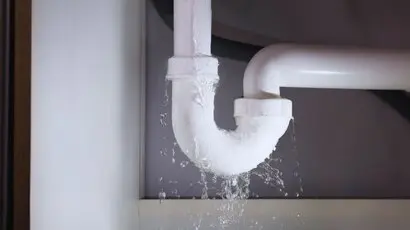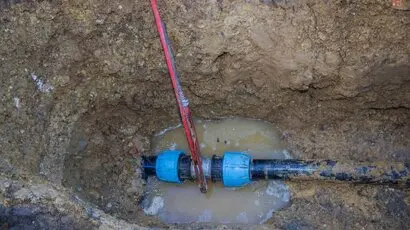What Is The Best Way To Repair Damaged Pipes?
Damaged pipes can be extremely costly to fix. But, we have a solution for you! Read our guide on the best way to fix burst, cracked and damaged pipelines.
If you own a home, a broken or burst pipe is likely one of the worst plumbing problems you could face. It’s more than just an inconvenience—it can lead to significant damage if not promptly addressed.
We get it; dealing with a burst pipe is more than a hassle. Once a pipe breaks, it’s like everything at home is on pause. The challenge is to repair it without causing chaos.
Thankfully, we know of a great solution that you can follow to fix your damaged sewer lines. The solution is pipe relining; you might have heard about it if you are a DIY plumber.
Let’s face it, not all of us are DIY experts. That’s why we’ve laid out this guide in detail. If you’re staring at broken pipes at home, you’re in the right place.
The relining technique is no longer a new method for fixing leaking pipe damage. Professional plumbers have been using this strategy for quite a while now, and it is used in both residential and commercial settings.
This leads us to the next question—what’s pipe relining? Essentially, it’s a way to insert a new layer inside your existing pipe without any digging.
This new layer adjusts itself to the inner lining and fills any cracks or ruptures. It is like a pipe within a pipe, with the new pipe located on the inner wall of the existing pipe.
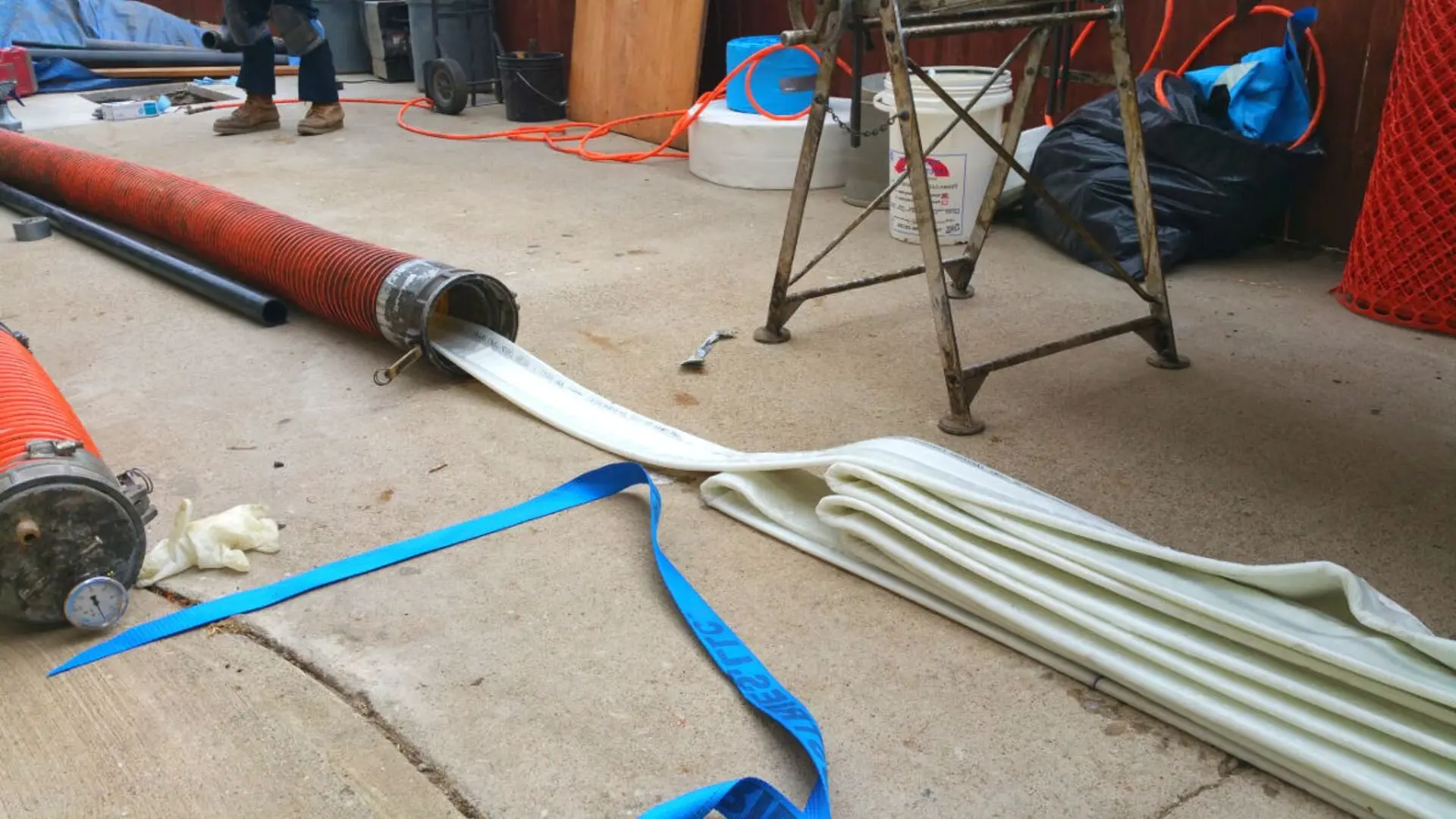
If you want to reline pipes, follow the procedure discussed below:
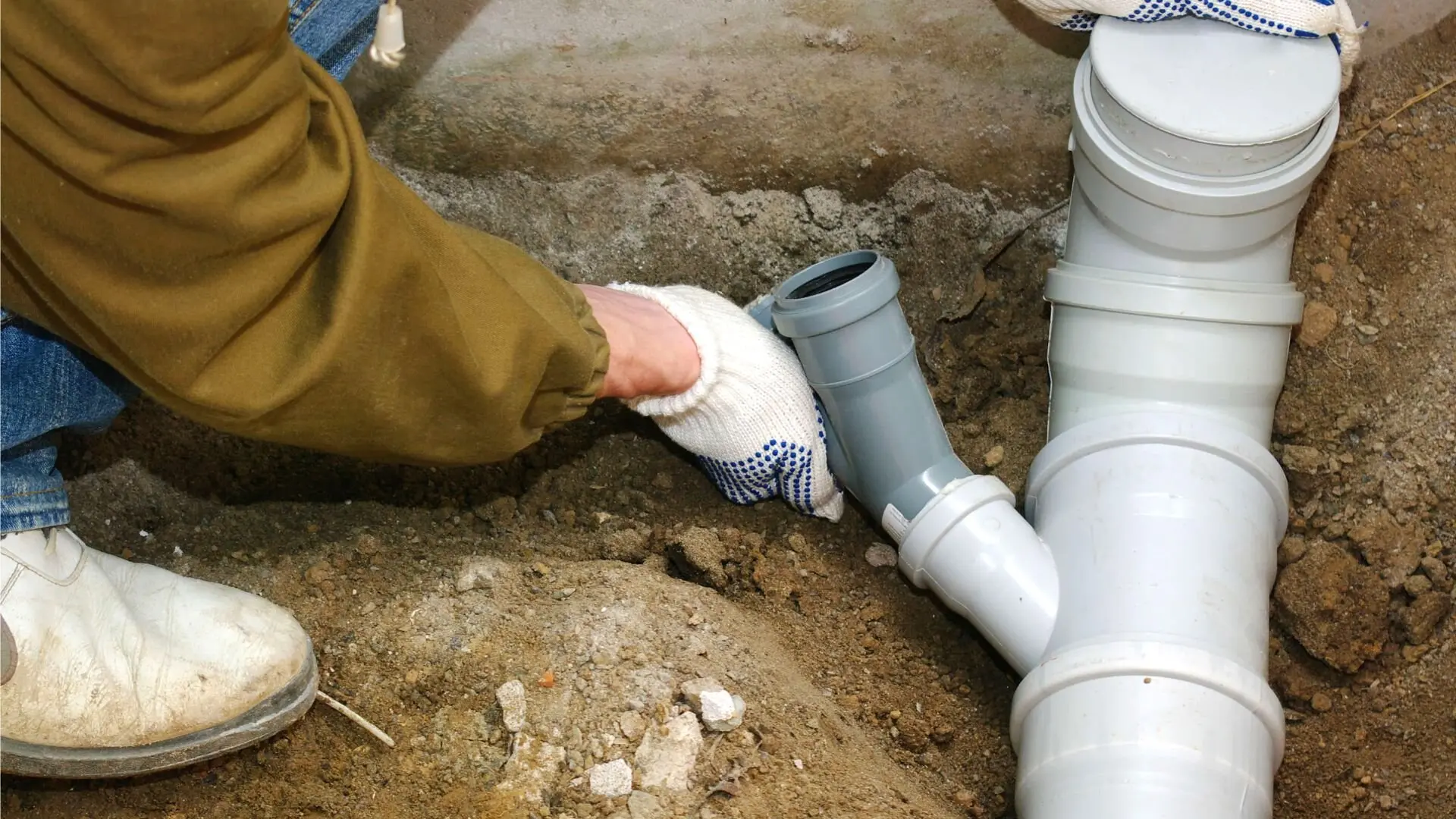
The first step is to inspect the pipeline using drain CCTV. This will help you determine the exact location of the damage.
After finding the damage, it’s crucial to clear out any debris. This ensures the relining process goes smoothly without hitches.
Next, the custom inner liner needs to be prepared using a specialised epoxy resin that can stick to the inner walls of the drain. You must insert the liner and bladder inside the pipe, repairing damaged pipes.
Inflate the bladder by pumping in compressed air to insert the liner. And make sure that the liner completely sticks to the walls of the old pipes. Let it sit for a few hours so that the liner cures completely.
After the epoxy liner is completely cured and hardened, deflate the bladder and pull it out of the drain. Technically, the process is complete once you do this, but we recommend doing a final drain inspection before you use it again.
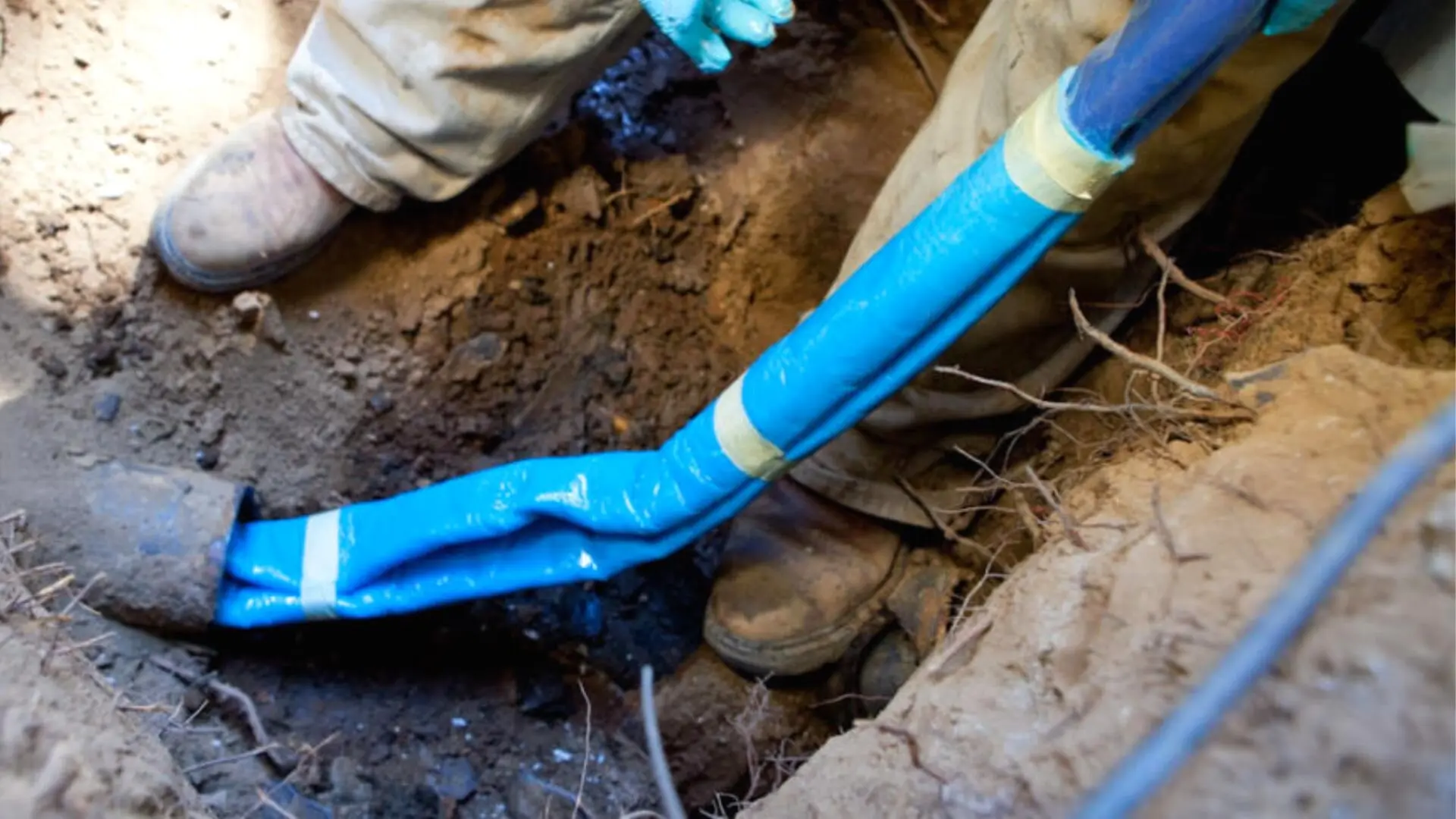
Pipe relining is a trenchless process that doesn’t involve intrusive ground excavation. Because of this, your flooring remains intact, and the process is much less messy.
The whole process can be completed within a single day in most cases. This contrasts with other methods like pipe replacement, which often takes several days to complete.
Because it doesn’t require heavy machinery or an army of workers, pipe relining is a cost-effective solution for fixing your pipes.
The epoxy resin lining the pipes is highly resistant to corrosion or damage. So, if done correctly, a relined pipe will last a long time.
If the damage to the pipes is too extensive, moulding and curing can be tricky or downright impossible. In these cases, replacement is the only viable option.
The inner resin lining may reduce the width of narrow pipelines, thereby affecting the water flow. However, in the case of giant pipes, the diameter reduction is not very noticeable.
That brings us to the end of this brief discussion. If you were to ask us, we’d say that the advantages of pipe relining far outweigh its disadvantages. That is why professional plumbers and DIYers highly prefer it.
Following the right steps is crucial for effective repairs. If you’re uncertain about the process, it’s best to call in a professional plumber.
In Melbourne, there is no better team than WP Plumbing for blocked drains and pipe repair. Our team has extensive training in pipe relining techniques and can guarantee a fast and cost-effective service. So, contact us today to learn more!
Are you concerned that tree roots in your garden have infiltrated your pipelines? Our guide will help you prevent serious plumbing damage.
Leaking pipes can cause significant damage to your home if left unaddressed. In this guide, we will answer your top FAQs and provide you with everything you need to know to detect and repair a leaking pipe.
Don’t let leaking pipes ruin your day - or your wallet. With these five essential tips, homeowners can prevent plumbing mishaps and keep their pipes in top condition.

